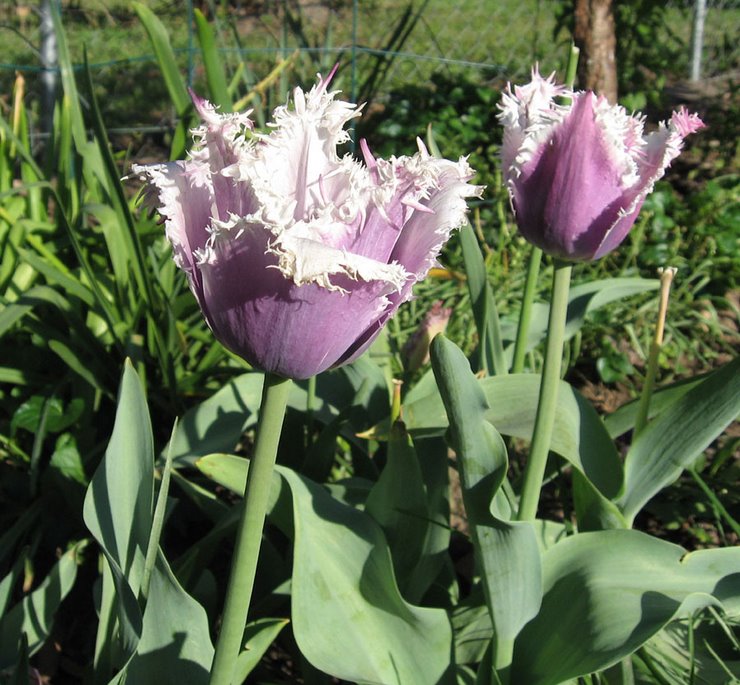 |
| Angel wing begonia |
Angel wing begonias are tropical plants, so they thrive in high humidity, with plenty of water, and lots of bright indirect light. If your home is drier than they like, you can spray them with water as I do, or put a saucer of water and pebbles under the plant. Just keep the pot on top of the pebbles, not down in the water, so that the plant's roots don't sit in water, which could encourage root rot.
Angel wing begonias are lovely plants, named for the shape of the leaves. The asymmetrical leaves may be plain green to deep mahogany in color, and some varieties have silver spots or splashes on the foliage. Flowers bloom in pendulous clusters, and may be red, pink or orange. Some varieties bloom more than others. There are dwarf varieties, and others that grow to be five feet in height, on bamboo-like canes.
Plant them in a light, fast-draining soil, such as that sold for African violets, and keep it evenly moist. Let only the top inch dry between waterings. Reduce water in the winter. Taller varieties may need to be supported with bamboo or plastic posts, or small trellises.
Angel wing begonias can be taken outside in the summer as long as they are kept out of direct sunlight or wind. They do like lots of bright indirect light. Just remember that they are not frost hardy, and must be brought indoors for the winter.
During the growing season, pinch back the plants to help them stay bushy and full. Remove the last two sets of leaves from the end of long canes. This kind of pruning encourages the plant to branch out lower down. Pruning also gives you the opportunity to propagate your angel wing begonia. Cut off a section that has at least four leaf joints. Remove the leaves from the bottom two joints, and dip the cutting in rooting hormone powder to encourage the development of roots at the leaf joints. Put the cuttings in a clean pot with loose, rich soil and cover with a clear plastic bag to retain moisture. Mist inside the bag once a week, or whenever the soil feels dry to the touch. You can also root a cutting in water.
If your angel wing begonia is not blooming, make sure it is getting enough bright, indirect light. Keep it evenly moist, and fertilize it in half-strength liquid fertilizer every two weeks. Try misting or the saucer of pebbles to increase humidity. Prune older canes to promote blooming and new growth.
- - - - - - - - - - - - - - - - - - - - - - - - - - - - - - - - - - - - - - -
The Ogren Plant Allergy Scale rates the allergy potential of a plant, but of course does not indicate whether you or anyone else actually is allergic to it. In this scale, 1 is the best rating, with the least potential to cause allergic reactions; and 10 is the worst rating, with the most potential to cause allergic reactions. Begonias are rated 4, so they are not a high-allergy plant, but I wouldn't want to have too many of them in my home. For me, keeping the humidity the plant needs creates more of an issue (dust mites & mold) than pollen from the flowers.

No comments:
Post a Comment